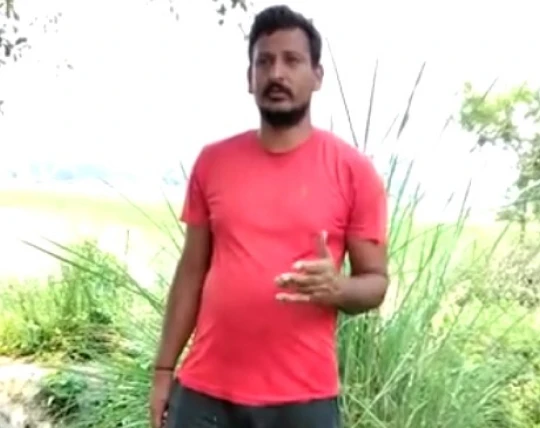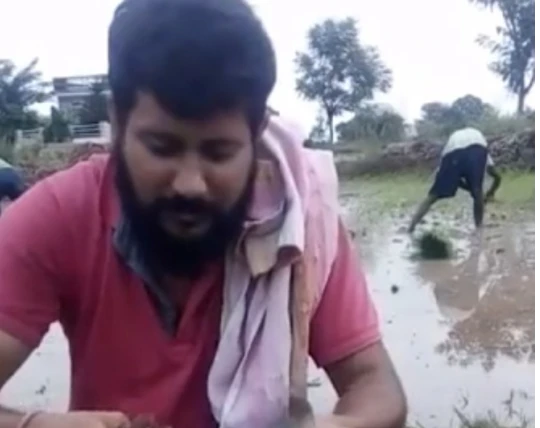Latur farmers cultivate a wide variety of organic and sustainably grown crops, such as sorghum, sugarcane,wheat, and Pigeonpea, which are then fine-graded and quality-tested before being distributed.


NBF’s Project Latur is situated in the vibrant city of Latur, Maharashtra. As one of the largest cities in the Marathwada region, Latur holds immense historical and cultural significance. It serves as the administrative center for both Latur district and Latur Taluka. The city is adorned with captivating historical monuments, including the Udgir Fort and Kharosa Caves, attracting tourists from far and wide.
Project Latur aims to foster sustainable agriculture practices and promote organic farming in the region. The initiative involves working closely with local farmers to implement organic farming techniques, provide training and support, and create a sustainable supply chain for organic produce. By establishing this project in Latur, Nature Bio Foods is not only contributing to the local economy but also promoting environmental conservation and healthier farming practices.
NBF’s Project Latur
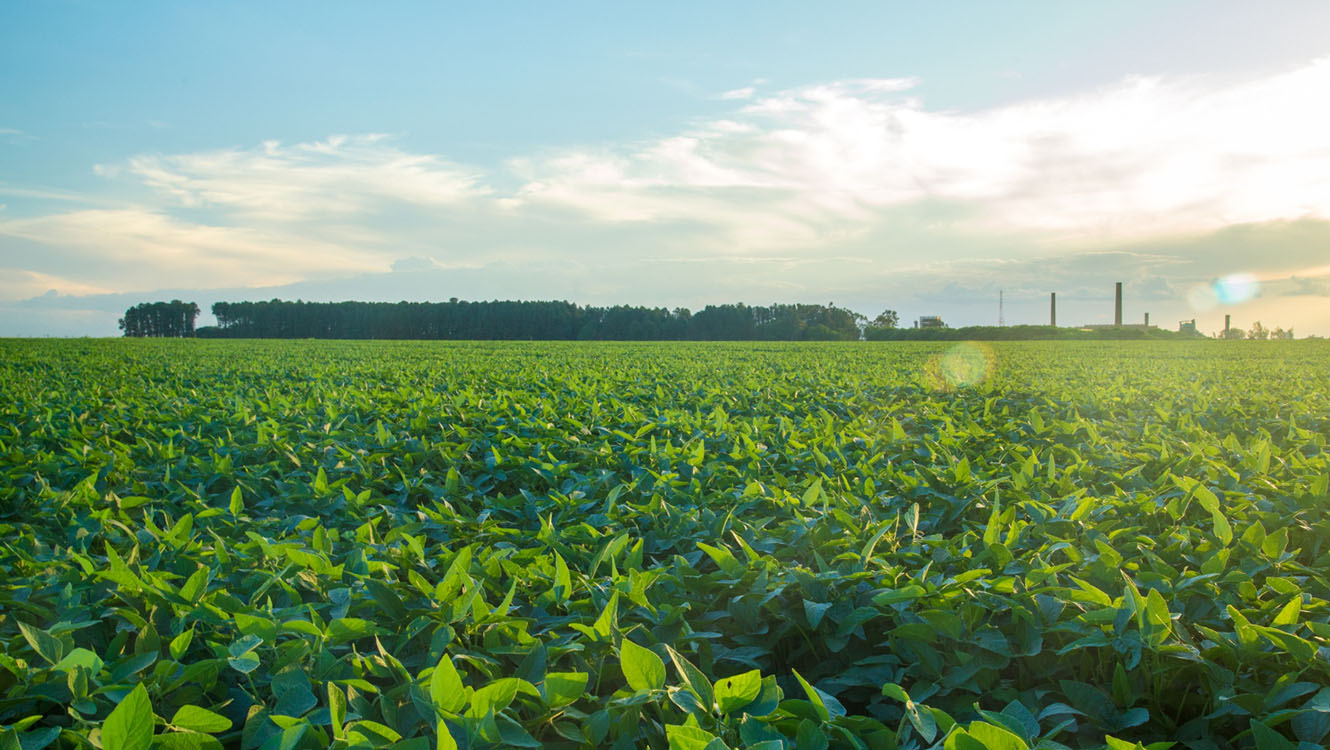

Location of the Project
NBF’s Latur project is located in the Marathwada region of the state of Maharashtra. It is positioned in the southeastern part of Maharashtra, approximately 500 kilometers east of Mumbai, the capital city of the state. It is located in the Deccan Plateau, characterized by undulating terrain and gentle slopes. Strategically situated in the southeastern part of Maharashtra, Latur embraces its location on the eastern fringes of the state. With a distance of approximately 1,714 kilometers (1,065 miles) from the national capital, New Delhi, Latur’s location allows for a distinct regional identity, infused with its own local customs and flavors.
Coordinates – Latur project is located at 18.409919 N and 76.565938 E with an average elevation of 515m.

Organic Certification
USDA Organic Certified Latur Project

NBF’s Latur project proudly holds the prestigious NOP (National Organic Program) certification. This certification ensures that the project follows strict organic farming practices and adheres to the regulations set forth by the NOP, a program implemented by the United States Department of Agriculture (USDA). By obtaining the NOP certification, NBF’s Latur project demonstrates its commitment to producing organic agricultural products of the highest quality.
The NOP certification signifies that the Latur project meets the stringent standards for organic farming, including the use of organic inputs, responsible land management practices, and the prohibition of synthetic chemicals and genetically modified organisms (GMOs). It ensures that the products grown in the Latur project are free from harmful residues and are cultivated in an environmentally sustainable manner.
With the NOP certification, NBF’s Latur project can provide consumers with the assurance that the organic products they offer have undergone rigorous testing and certification processes. This certification not only adds value to the products but also reflects the project’s dedication to promoting organic farming, sustainable agriculture, and the well-being of both the consumers and the environment.
Through the NOP certification, NBF’s Latur project continues to contribute to the growth of the organic industry and promotes healthier and more sustainable agricultural practices in the region.

Everything you need to know about Latur
Latur, located in Maharashtra, India, is a city with a rich historical heritage and a significant role in the Marathwada region. Nestled on the undulating terrain of the Deccan Plateau, Latur has witnessed the rise and fall of various dynasties, leaving behind architectural gems like the Udgir Fort and Kharosa Caves. The city’s historical significance and cultural prominence attract visitors who seek to explore its past.
In terms of its economy, agriculture forms the backbone of Latur. The region is known for its production of pulses, oilseeds, and sugarcane. Latur’s agricultural commodities, especially soybean and pulses, have a prominent place in the trading market. The city serves as a bustling commercial hub, facilitating trade and business activities for the region.
Despite its economic vitality, Latur faces the challenge of water scarcity. As a drought-prone area, the city has experienced acute water shortages, leading to the implementation of water conservation measures and the adoption of sustainable water management practices. Efforts are being made to mitigate the impact of water scarcity and ensure the availability of this vital resource for the city’s residents and agriculture.
Agricultural Characteristics
Soil Profile

The soil profile of Latur, Maharashtra is influenced by the region’s geographical location on the Deccan Plateau. The predominant soil type in Latur is a combination of black and red soils. The presence of different soil types in Latur offers a diverse range of agricultural possibilities and influences the choice of crops cultivated in the region.
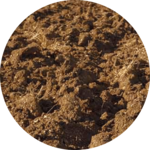
Alluvial Soil: Alluvial soil is found in areas near river basins and floodplains. In Latur, the Manjara River and its tributaries contribute to the deposition of alluvial soil. This soil type is typically fertile and suitable for a wide range of crops.

Black Soil (Regur): Black soil, also known as regur or black cotton soil, is prevalent in Latur. It is characterized by its deep black color, high fertility, and excellent water retention capacity. This soil type is rich in clay and organic matter, making it suitable for the cultivation of crops like cotton, soybean, and pulses.

Red Soil: Red soil is another prominent soil type found in Latur. It is formed by the weathering of ancient basaltic lava flows. Red soil is generally well-drained and has a sandy to clayey texture. This soil type is suitable for the cultivation of crops like millets, oilseeds, and vegetables.

Sandy Soil: Sandy soil is characterized by its coarse texture and good drainage. It is relatively low in fertility and water retention capacity. Sandy soil is found in certain areas of Latur and is suitable for crops that thrive in well-drained conditions, such as groundnuts and millets.
Climate Condition
NBF’s Project Latur in Maharashtra experiences a unique climatic condition that plays a crucial role in shaping the agricultural activities and overall environment of the region. Latur falls under the semi-arid climate zone, characterized by hot and dry summers along with mild winters.
The climatic conditions of Latur, with its hot summers, mild winters, and seasonal monsoons, influence the choice of crops cultivated in the region. Farmers adapt their agricultural practices and crop selection to align with the specific climatic patterns, ensuring optimal yields and sustainable agricultural practices.
NBF’s Project Latur operates within the unique climatic context of the region, making necessary adjustments and employing sustainable strategies to navigate the challenges posed by the semi-arid climate and maximize agricultural productivity.
The region also witnesses a distinct monsoon season, which brings relief from the summer heat and plays a vital role in replenishing the water resources. The arrival of monsoon showers, usually between June and September, provides the necessary moisture for crop growth and sustenance.
Temp.
Minimum

20 °C
(Dec-Jan)
Maximum

42 °C
(May-June)
Humidity
Relative Humidity

70%
Rainfall
Average Rainfall

109.41 mm
Seasons
There are mainly three seasons.

Summer
(Mar-June)

Rainy
(July-Sep)

Winter
(Oct-Feb)
Farm Water Availability
The availability of water for farming in Latur, Maharashtra, is a significant concern due to its semi-arid climate and frequent drought conditions. Latur faces acute water scarcity, which has a direct impact on agricultural activities in the region. The primary source of water for irrigation in Latur is the Manjara River and its tributaries. However, due to inconsistent rainfall patterns and inadequate water management practices, the river often faces water shortages during dry spells. As a result, farmers in Latur face challenges in accessing sufficient water for their agricultural needs.
To address the water scarcity issue, various measures have been taken, including the construction of irrigation infrastructure such as canals, reservoirs, and check dams. These infrastructure projects aim to capture and store water during the monsoon season, enabling its controlled release for agricultural purposes throughout the year. Additionally, farmers in Latur have adopted water conservation techniques such as drip irrigation, sprinkler systems, and rainwater harvesting. These practices help optimize water usage and minimize wastage, ensuring that the available water resources are efficiently utilized for crop cultivation.
Despite these efforts, the availability of water for farming in Latur remains a challenge, especially during prolonged drought periods. The government and local authorities continue to work on implementing sustainable water management strategies and exploring alternative water sources to mitigate the impact of water scarcity on agriculture in the region.Farmers in Latur constantly strive to find innovative solutions and adapt their agricultural practices to cope with limited water availability, aiming to sustain their livelihoods and maintain agricultural productivity in the face of this challenging scenario.
Nature of Farmers
The farmers in Latur, Maharashtra, exhibit a strong determination and resilience in their agricultural pursuits. Agriculture forms the backbone of the local economy, and the farmers in Latur are deeply connected to the land and its cultivation. They have a profound understanding of the region’s climatic conditions, soil characteristics, and crop patterns.
The nature of farmers in Latur reflects their hard work and perseverance. They toil tirelessly, dedicating their time and efforts to tilling the land, sowing seeds, nurturing crops, and harvesting the fruits of their labor. Farming is often a family affair, with multiple generations involved in agricultural activities, passing down traditional knowledge and techniques from one generation to the next.
The farmers in Latur possess a deep sense of attachment to their land and have a profound respect for nature. They understand the importance of sustainable farming practices and the need to preserve the environment for future generations. Many farmers in Latur have embraced organic farming methods, focusing on natural and eco-friendly approaches.
Despite the challenges they face, such as water scarcity and unpredictable weather conditions, the farmers in Latur display resilience and adaptability. They are constantly seeking innovative solutions, adopting new technologies, and embracing modern farming practices to enhance their agricultural productivity and sustainability.

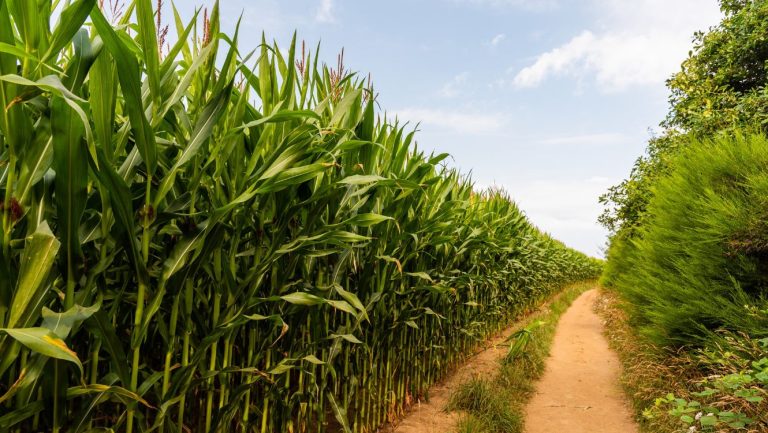

Growing Conditions
Latur, Maharashtra also offers favorable growing conditions for a variety of crops, contributing to the region’s agricultural productivity. The agricultural landscape of Latur is shaped by factors such as the soil composition, availability of water, and the prevailing climatic conditions.
The soil in Latur is characterized by a mix of black soil (regur), red soil, alluvial soil, and sandy soil. This diverse soil composition provides opportunities for cultivating different types of crops. Black soil, known for its high fertility and water retention capacity, is suitable for crops like cotton, soybean, and pulses. Red soil is well-drained and supports the growth of millets, oilseeds, and vegetables. Alluvial soil, found near river basins, is fertile and can sustain a wide range of crops. Sandy soil, with its good drainage, is ideal for crops that require well-drained conditions such as groundnuts and millets.
The crop selection and rotation practices in Latur are influenced by the growing conditions and market demands. Farmers adapt their cultivation strategies based on the specific requirements of each crop and the availability of resources. They engage in crop rotation to maintain soil health and prevent the buildup of pests and diseases, ensuring sustainable agricultural practices.
The growing conditions in Latur, Maharashtra, encompass a range of soil types, water management practices, and crop selection strategies. Through their expertise and adaptability, farmers in Latur harness these conditions to cultivate a diverse array of crops and contribute to the region’s agricultural prosperity.
Crop Details
Kharif
-
- Traditional Non-Basmati
- Soybean
- Sugarcane
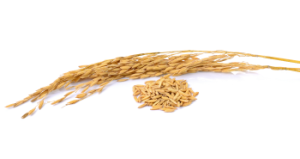
Rabi
- Groundnut
- Chickpea
- Pigeon Pea
- Rajma
- Moong
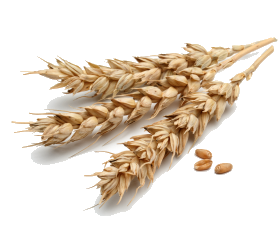
Statistics
NBF Supply Chain

NBF Supply Chain
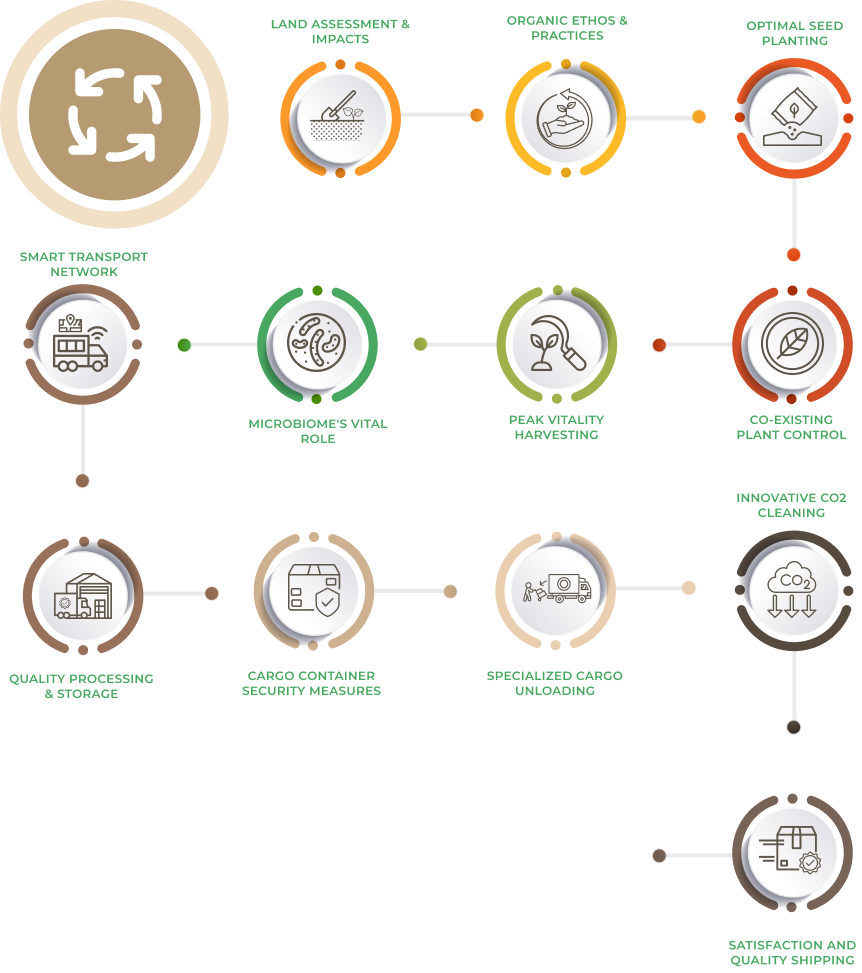
How to Reach Latur, Maharashtra ?
Latur, Maharashtra, is well-connected to various parts of the state and neighboring regions, making it accessible through different modes of transportation. Here are some ways to reach Latur:

By Train
Latur has its own railway station, known as Latur Road Railway Station, which is a major junction on the South Central Railway network. Several trains connect Latur with major cities in Maharashtra and other parts of the country. From the railway station, you can easily find local transportation options to reach your desired destination within Latur.

By Road
Latur is well-connected by road networks, and you can reach the city by bus or private vehicles. The Maharashtra State Road Transport Corporation (MSRTC) operates regular bus services to Latur from various cities in Maharashtra, including Mumbai, Pune, Nagpur, and Aurangabad. National Highway 361 passes through Latur, ensuring smooth connectivity by road.

By Air
The nearest airport to Latur is the Latur Airport, which is located approximately 13 kilometers from the city center. However, this airport has limited connectivity, and most travelers prefer to use the Aurangabad Airport, which is around 280 kilometers away. From Aurangabad, you can hire a taxi or take a bus to reach Latur.

Places to Visit in Latur, Maharashtra
Udgir Fort
Udgir Fort is a historic fort located in Latur, Maharashtra. It is known for its architectural grandeur and historical significance. The fort dates back to the 12th century and has witnessed various dynasties, including the Bahmani Sultanate, Adil Shahi Dynasty, and the Nizams of Hyderabad. The fort offers panoramic views of the surrounding landscape and houses several ancient structures, including the Bhikaji Maharaj Palace, Jama Masjid, and the Kali Masjid. Visitors can explore the fort’s intricate carvings, majestic gateways, and enjoy a glimpse into the region’s rich history.
[/mvc_ihe]Ashtavinayak Temple, Latur
Ashtavinayak Temple is a popular religious site in Latur, dedicated to Lord Ganesha. The temple is known for its spiritual significance and draws devotees from near and far. It is believed to be one of the eight holy temples in Maharashtra associated with Lord Ganesha, and each temple represents a different form of the deity. The Ashtavinayak Temple in Latur showcases stunning architecture and serene surroundings, creating a peaceful atmosphere for devotees to offer their prayers and seek blessings. The temple premises also host various religious festivals and cultural events, adding vibrancy to the spiritual experience.
[/mvc_ihe]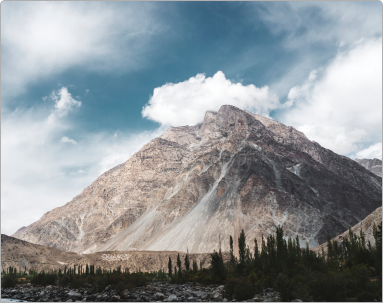

Elevation
It has an average elevation of roughly 513 meters.
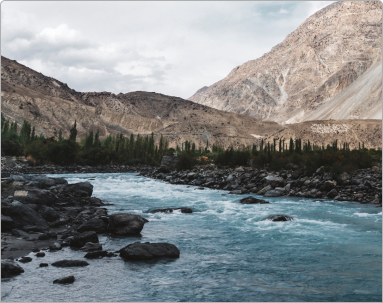

River
One major river found in Latur is Manjra River.


Soil
Three types of soils are mainly observed in the district – Alluvial Soil, Red Soil, and Black Soil.
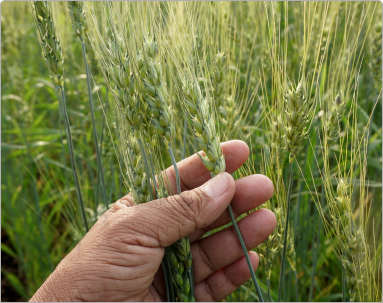

Crop
Traditional Non-Basmati, Soybean, Sugarcane, Moong, Groundnut, Chickpea, Pigeon pea, Rajma
Sustainability Efforts
Economic
| Women's Empowerment through Entrepreneurial Training Programs |
332 |
|
| Empowering Young Women: Career Counseling for Future Success |
123 |
|
| Craftsmanship Unleashed: Skill Development in Artisanal Handicrafts |
342 |
|
Social
| Nourishing the Future: Workshop on Child Nutrition and Well-being |
234 |
|
| Guiding the Leaders of Tomorrow: Mentoring Programs for Students |
432 |
|
Environmental
| Cultivating the Earth: Advanced Training in Soil Regeneration |
567 |
|
| Towards a Plastic-Free Future: Comprehensive Reduce and Reuse Initiatives |
353 |
|
| Preserving Our Lifeline: Campaigns for Water Conservation and Stewardship |
253 |
|
| Agriculture in Harmony with Nature: Organic Farming workshops |
334 |
|
| Clean Village, Healthy Village: Promoting Cleanliness and Sanitation at the Grassroots Level |
565 |
|
Impact

Impact of our Farmers
The impact of our farmers is significant in enhancing soil fertility through various methods such as crop rotation, cover cropping, reduced tillage, and application of compost. These practices reduce fuel-intensive tillage, resulting in carbon sequestration, decreasing greenhouse gases, and reversing climate change. In addition, they can improve soil structure and reduce the possibility of soil erosion.

Difference our People are Making
The difference our organization is making is by converting land from conventional management to organic management, managing the entire surrounding system for biodiversity and sustainability, and using alternative sources of nutrients such as crop rotation, residue management, and organic manures. We provide complete biological inputs to our crops, and our teams supervise and manage weed and pest control through better management practices, physical and cultural means.

Contribution by our Customers
Our customers’ contribution is vital in promoting food safety and environmental issues. The concern for their health, the environment, and worldwide crises has increased exponentially. Organic agriculture has become the only option for many consumers. Simply by consuming organic produce, they are contributing to the overall health of the planet and making an impact towards sustainability.


